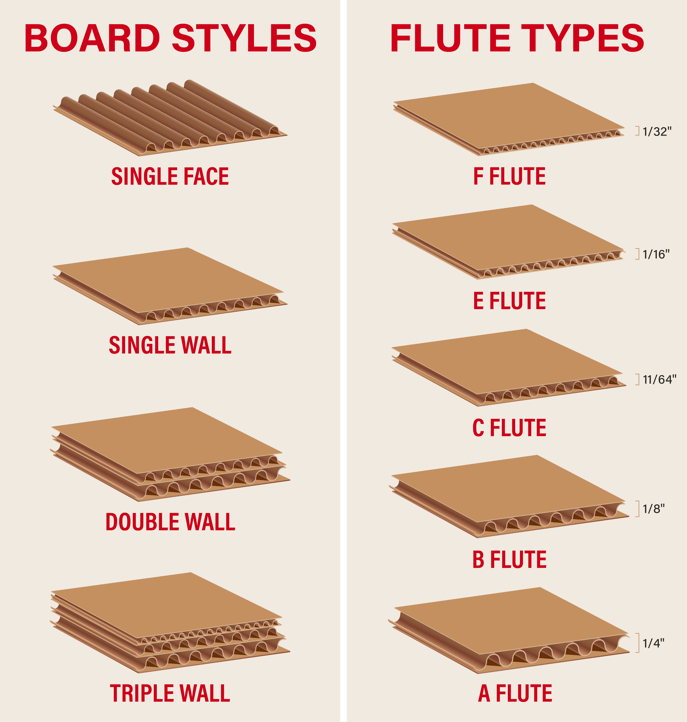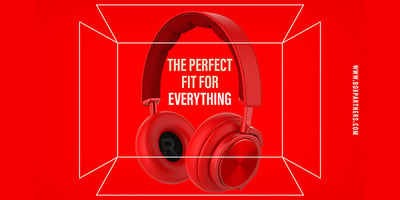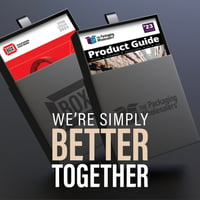Today's e-commerce industry is growing at a stunning pace. The U.S. e-commerce market is estimated...
The Choice Between Mullen Test Boxes and ECT Boxes

Choosing the correct corrugated box for an intended application on the surface appears simple. Measure and weigh the item needed to ship, select an appropriate-sized box, load the contents, protect it with bubble, foam, or other fill material, and send the package with the correct labels. But things become more apparent when you look at the number of corrugated types. There are varying thicknesses (single wall, double wall, triple wall), several different flute types (A, B, C, E, F), and various papers that manufacturers can use to construct corrugated boards. All of these factors determine the strength and durability of a box. If it is too weak, the box may collapse or puncture. But if it's too strong, you're using unneeded excess material and incurring unnecessary additional costs.

Defining Mullen Test vs. Edge Crush Test (ECT)
There are currently two tests used throughout the corrugated industry to determine strength. Historically, the long-time industry standard has been the Mullen Test, related to the rough handling durability of corrugated material. The Mullen Test measures the force required to rupture or puncture the face of the corrugated board. This force is indirectly related to a box's ability to withstand external or internal forces, thus containing and protecting its contents during shipment. Mullen Test reports burst strength in pounds, i.e., 200#.
A newer standard that has achieved widespread acceptance is the Edge Crush Test. The Edge Crush Test, or ECT, is a true performance test directly related to a box's stacking strength. ECT is a measure of the edgewise compressive strength of a corrugated board. ECT measures strength by compressing a small segment of the board on the edge between two rigid plates perpendicular to the direction of the flutes until the test establishes a peak load. The results are measured in pounds per lineal inch of the load-bearing edge, denoted as lb/in, but usually reported as an ECT value, for example, 32 ECT.
Strength Equivalencies of Mullen Test vs. ECT Boxes
| SINGLE WALL CORRUGATED BOXES | ||
| MAX LOAD CAPACITY | MULLEN TEST (BURST) | EDGE CRUSH TEST (ECT) |
| 20 lb | 125# | ECT-23 |
| 35 lb | 150# | ECT-26 |
| 50 lb | 175# | ECT-29 |
| 65 lb | 200# | ECT-32 |
| 80 lb | 250# | ECT-40 |
| 95 lb | 275# | ECT-44 |
| 120 lb | 350# | ECT-55 |
| DOUBLE WALL CORRUGATED BOXES | ||
| MAX LOAD CAPACITY | MULLEN TEST (BURST) | EDGE CRUSH TEST (ECT) |
| 100 lb | 275# | ECT-48 |
| 120 lb | 350# | ECT-51 |
| 140 lb | 400# | ECT-61 |
| 160 lb | 500# | ECT-71 |
| 180 lb | 600# | ECT-82 |
| TRIPLE WALL CORRUGATED BOXES | ||
| MAX LOAD CAPACITY | MULLEN TEST (BURST) | EDGE CRUSH TEST (ECT) |
| 240 lb | 700# | ECT-67 |
| 260 lb | 900# | ECT-80 |
| 280 lb | 1100# | ECT-90 |
| 300 lb | 1300# | ECT-112 |
Differences Between Mullen Test and ECT Boxes
The fundamental difference between the two box types is that the Mullen Test requires a minimum board basis weight. In other words, the Mullen Test requires that the base papers used to make corrugated fiberboard weigh at least a certain minimum of pounds per unit area. ECT eliminated this requirement, allowing manufacturers to use lighter-weight materials while still providing high performance. When comparing two identically sized boxes with equivalent strengths, one being Mullen Test rated and one being ECT rated, the ECT-rated box will weigh less because it uses less corrugated material.
The Verdict—ECT Boxes Offer Equivalent Strength and a More Sustainable Choice
![]() Due to using less material, ECT boxes have two distinct advantages over Mullen Test boxes. They provide more sustainable benefits and reduce shipping costs through their lighter weight.
Due to using less material, ECT boxes have two distinct advantages over Mullen Test boxes. They provide more sustainable benefits and reduce shipping costs through their lighter weight.
In other words, the ECT-rated corrugated provides an equivalent level of strength but uses less material. Using less material translates into fewer raw materials, lower energy requirements, and reduced pollution in all package life cycle and supply chain stages. Additionally, combining lighter materials in a box with increasing amounts of recycled content means ECT-rated corrugated reduces waste even further.
More Information
For guidance on choosing the correct corrugated box for your intended application, please consult your BOX Partners representative at 800-806-2636.
Source(s): State of Oregon Department of Environmental Quality



